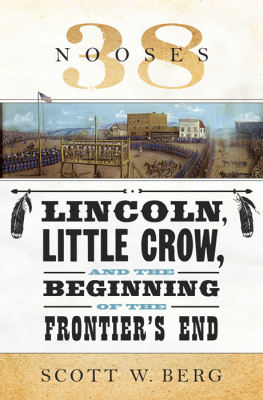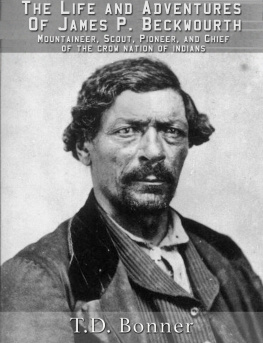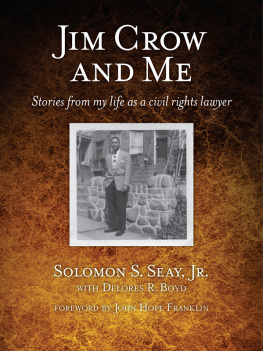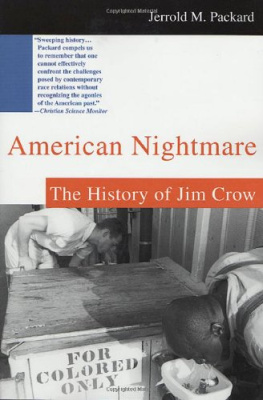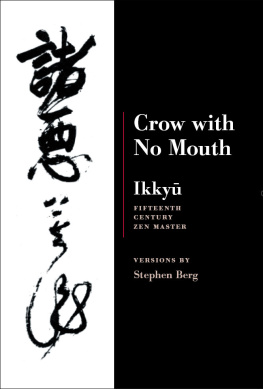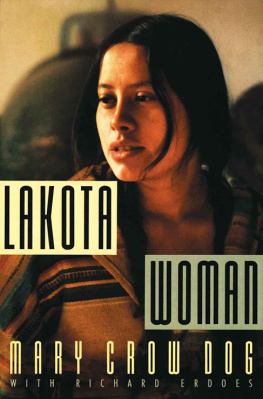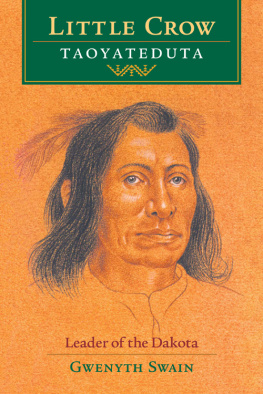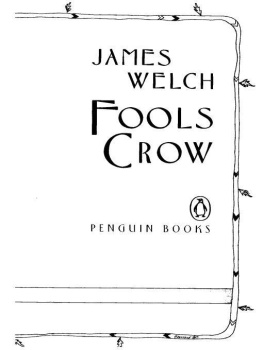ACKNOWLEDGMENTS
A great number of people have taken a professional or avocational interest in the U.S.-Dakota War in the 150 years since its conclusion. I thank all of them and want to highlight a few especially prominent members of the current dialogue, whose work has been vital to 38 Nooses: Gary Clayton Anderson, Walt Bachman, Mary H. Bakeman, Clifford Canku, Waziyatawin Angela Wilson, Curtis Dahlin, Kirsten Delegard, Kathryn Zabelle Derounian-Stodola, Mark Diedrich, Rhoda R. Gilman, Lois Glewwe, Colette Hyman, Elden Lawrence, June Namias, Anton Treuer, David Treuer, Corinne L. Monjeau-Marz, Stephen Osman, John Peacock, Ed Red Owl, Florestine Renville, Virginia Driving Hawk Sneve, Gabrielle Tateyuskanskan, Gwen N. Westerman, Bruce White, Diane Wilson, Mary Lethert Wingerd, Alan R. Woolworth, and Carrie Reber Zeman.
Many researchers, historians, and park employees took time to speak with me over the past five years about the Dakota War and the stories surrounding it. Terri Dinesen, park manager of Upper Sioux Agency State Park, shared many resources and oriented me to the geography of the Upper Minnesota River Valley at the very beginning of my work; Thomas Sanders, manager of the Jeffers Petroglyphs site and former manager at the Lower Sioux Agency, took me on a most illuminating walk down to the flat place where the ferry once crossed the Minnesota River and shared his thoughtful perspective on the events there; Ted Alexander, chief historian at Antietam National Battlefield, opened his file on the First Minnesota Regiment and helped me make sense of the action near the Dunker Church on the morning of September 17, 1862, and the scene in the days following; Gabrielle Tateyuskanskan, a poet, artist, and educator, spoke with me on two occasions of the pitfalls of preconceived historical interpretation and the struggles of young men and women to find health and prosperity on modern-day reservations; Jim Moffet, president of the Historic First Minnesota Volunteer Infantry Regiment, proved a gracious host and a treasure trove of telling detail; James Percoco, a recent inductee of the National Teachers Hall of Fame, read an early draft of 38 Nooses and provided important perspective on Abraham Lincoln; and Stephen Osman, retired senior historian at the Minnesota Historical Society and former director of Historic Fort Snelling, read an intermediate draft and saved me from several errors regarding the organization, protocols, and actions of military units during the Civil War.
Walt Bachman, independent historian, retired trial lawyer, and author of Law v. Life: What Lawyers Are Afraid to Say About the Legal Profession, met with me to discuss the historiography of the war and offered his thoughts on the military commission trials in a long string of back-and-forth e-mails. He also read an intermediate draft of 38 Nooses and generously shared important documents culled from his own research, including two unpublished letters from John Pope to Henry Hastings Sibley that help to illuminate a previously foggy sequence of events as the trials got under way. Walts legal acumen, his indefatigability as a researcher, and the well-earned clarity of his interpretations make him a uniquely stimulating correspondent.
Carrie Reber Zeman is an extraordinary independent scholar with X-ray vision that allows her to see unerringly through the current research to the next interesting set of questions. Her breadth and depth of knowledge on the historical sources and context of the Dakota War are, without exaggeration, unparalleled. Carries comments, questions, hints, and suggestions on two separate readings of my manuscript saved the final version from any number of slips; she also supplied drafts and working papers from her own research into the lives of many persons involved in the story, including Sarah Wakefield, Thomas Galbraith, and Henry Benjamin Whipple. And her lengthy introduction to the recently published edition of Mary Butler Renvilles A Thrilling Narrative of Indian Captivity: Dispatches from the Dakota War (co-edited with Kathryn Zabelle Derounian-Stodola) is a model for anyone attaching scholarly apparatus to important primary texts.
All of those listed above and others have done vital work, some to acclaim and some without proper recognition. Thanks to them, and to everyone cited in my notes and bibliography, for so doggedly conducting their research and for so generously sharing their work and insights. I also thank the staffs at the Library of Congress, the National Archives, the Minnesota Historical Society, and at all of Minnesotas county historical societies, as well as the employees and historians at the many state and national parks connected to the events in 38 Nooses. No one provided information, advice, wisdom, or opinions in bad faith, and any errors of fact or citation are entirely my responsibility.
As always, I recognize the writers, scholars, and researchers who surround me at George Mason Universitystudents and facultyfor their encouragement, commitment, and passion. At William Morris, Suzanne Gluck shepherded the book with her usual enthusiasm and flair, while Eric Lupfer has my gratitude for his reassuring manner, his deep reservoir of genuine excitement, and his expert help shaping the threads of the narrative at the very start. This is my second book with Edward Kastenmeier at Pantheon/Vintage, following Grand Avenues; in both cases, thank goodness, his eye and pen provided not just valuable editorial assistance but an entire education in narrative writing. Other crucial support at Pantheon came from Ellen Feldman, Emily Giglierano, and Brian Barth. Susanna Sturgiss copyediting was invaluable, while Paul Gormont of Apertures, Inc. created the books website and endpaper map with his customary feel for form and function. And once more I thank my friends and colleagues Dallas Hudgens, Wendi Kaufman, Robyn Wright, and Corrine Zappia Gormont for their considerable help, support, and encouragment.
Finally, I thank my family, beginning with my parents, Roger and Margaret, one a born Minnesotan and the other close enough. As tragic and troubling as the story of 38 Nooses may be, it is our history, and worth the investigation. My wife, Cory, and my sons, Carter and Elliot, have been true friends and steady companions on this particularly complex and meandering journey. I trust that, in the end, all of the time was well spent.
Many of the institutions that foster knowledge and promote study of subjects such as the Dakota War are under debilitating financial stress. The cost in the present of supporting and encouraging such institutions is considerable; the cost in the future of failing to continue that support and encouragement will be incalculable. Accordingly, a portion of the advance for 38 Nooses has been set aside as donations to the American Indian College Fund and the Minnesota Historical Society.
ALSO IN EBOOK FORMAT FROM SCOTT W. BERG
Grand Avenues 978-0-307-55648-6
Visit Pantheon Books: http://www.pantheonbooks.com
AFTERWORD
When news reached New Salem, Illinois, in March 1832 that the Sac Indian chief Black Hawk was crossing the Mississippi River, coming back into the state in defiance of a treaty signed during Thomas Jeffersons first administration, Abraham Lincoln was twenty-three and unemployed. Lincoln had set out three years earlier on his own as a flatboatman, riding down the Mississippi with a freedom he couldnt believe, freedom from the farming life he didnt want and the father he couldnt abide. In New Orleans, at the far end of his first journey, hed witnessed a slave auction that left him with a lifelong revulsion for the customs and apparatus of human bondage. After his return upriver to New Salem, he had settled in as storekeeper, a position that gave him authority over two assistants and the prospect of owning his own establishment should the shipments of sugar, molasses, and other sought-after Southern commodities continue their northward flow.

